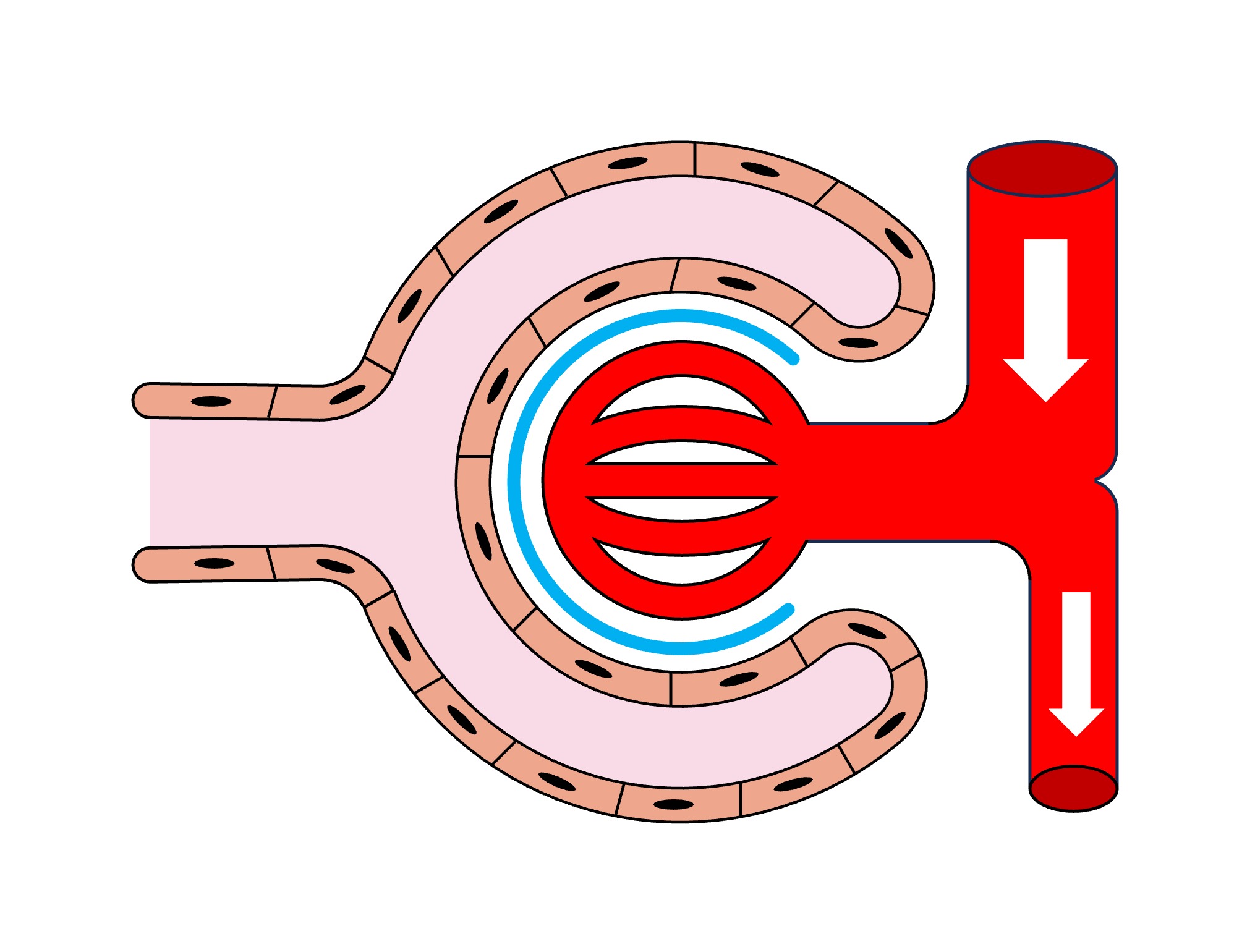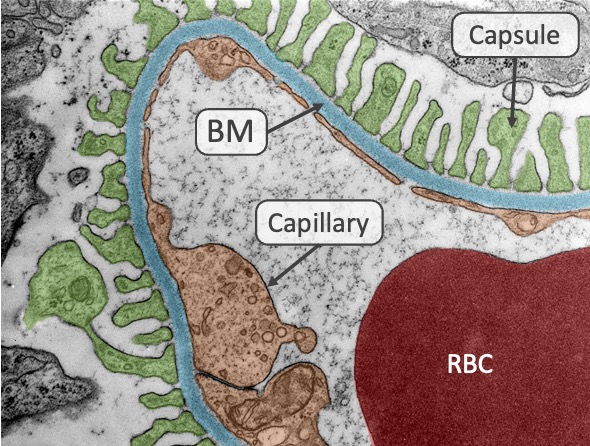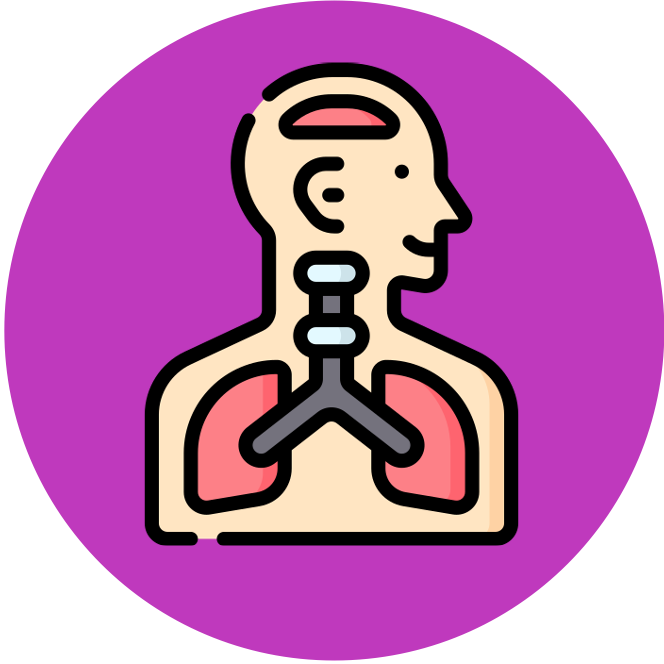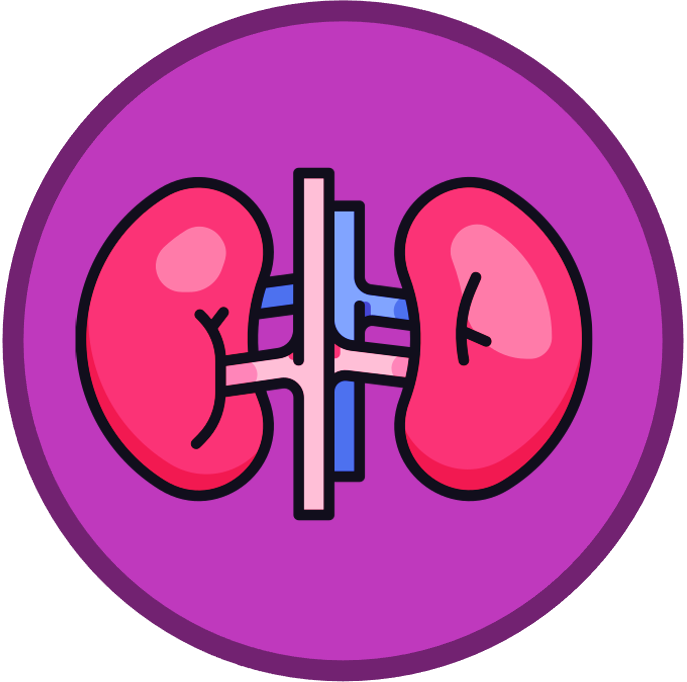

Excretion
There are two main processes involved in the removal of metabolic waste products from the body:
-
Ultrafiltration – The non-specific filtration of blood under high pressure within the renal corpuscle
-
Selective Reabsorption – The reuptake of useful substances from the filtrate in the convoluted tubules
Ultrafiltration
As the blood moves into the kidney via afferent arterioles it enters a knot-like capillary tuft called a glomerulus
-
The glomerulus is surrounded by a basement membrane and encapsulated within a structure called the Bowman’s capsule
-
Glomerular blood vessels are fenestrated (have pores), while the cells lining the Bowman’s capsule are interdigitated (have interlocking extensions) with narrow spaces between them
-
This means fluid can freely move from the blood into the nephron, with the basement membrane functioning as the sole filtration barrier
The basement membrane is size-selective and restricts the passage of blood cells and large proteins
-
When the blood is filtered, the fluid that passes through the basement membrane (filtrate) does not contain any blood cells, platelets or plasma proteins
Kidneys are able to increase the hydrostatic pressure within the glomerulus by having wide afferent arterioles and narrow efferent arterioles
-
This means it is easy for blood to enter the glomerulus, but difficult for it to exit – increasing pressure within the glomerulus
-
The net pressure gradient within the glomerulus forces blood to move into the capsule space (‘ultra’ filtration)

Renal Corpuscle

Electron Micrograph
Selective Reabsorption
As the filtrate moves along the convoluted tubules, useful substances are selectively reabsorbed back into the bloodstream
-
The proximal convoluted tubule has a microvilli cell lining to increase the surface area for material absorption from the filtrate
-
The tubule cells are connected by tight junctions, meaning there are no gaps via which reabsorbed materials may return to the filtrate
-
There are also a large number of mitochondria within these tubule cells, as reabsorption commonly involves active transport
-
The vast majority of selective reabsorption occurs in the proximal convoluted tubule, the distal tubule functions to regulate ion levels and control pH
The tubules reabsorb all glucose, amino acids, vitamins and hormones, along with most of the mineral ions (~80%) and water
-
Mineral ions and vitamins are actively transported by protein pumps and carrier proteins respectively
-
Glucose and amino acids are co-transported across the apical membrane with sodium (symport)
-
Water follows the movement of the mineral ions passively via osmosis
When the filtrate enters the collecting duct to become urine, it should contain no cells, proteins, glucose or amino acids
-
The urine will have lower amounts of urea than was in the blood, but its relative concentration will be much higher
-
The proportion of water in the urine will vary due to osmoregulation (the osmotic concentration is homeostatically controlled)
-
Toxins and other unwanted solutes remain in the filtrate and then are excreted as part of urine





